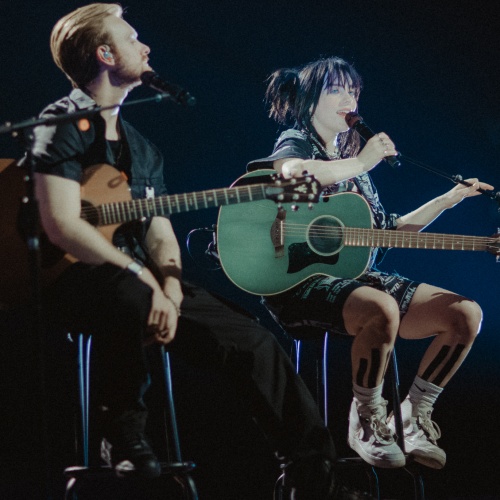In August, Travis Scott celebrated the 10th anniversary of his mixtape Days Before Rodeo by making the project available on streaming services for the first time. He sold over 361,000 album units in the first week as consumers got reacquainted with the star-making project — or listened to it for the first time. Scott reached the number two spot on the charts with the ten-year-old mixtape, narrowly missing number one to Sabrina Carpenter’s Short N’ Sweet. The re-release was a smart play for Travis, but also a sign that, for better or worse, Digital Service Providers, or DSPs, are still music’s main marketplace.
Many artists have called out digital streaming services for paying artists pittances; Rap year veteran Method Man recently revealed that he hasn’t seen a dime from a stream. Still, while DSP’s revenue share with artists is abysmal, the visibility can also be helpful to certain acts. Re-releases can serve a dual purpose for big-ticket artists like Travis, who can introduce their back catalogs to new listeners while also generating huge streaming numbers that can propel him to the top of the charts. Last week, after being edged out of the top spot by Sabrina Carpenter, Scott’s team sent a letter to Billboard challenging the album’s streaming tally.
Days Before Rodeo’s grand entry into the DSP space is a nice headline for Travis, an iconic figure of 2010s music who has had a checkered 2020s. The Astroworld disaster could have permanently hindered his ability to perform in large venues. And though his Circus Maximus tour seems to be surging along, his Utopia album (and its rollout) was polarizing. Some felt like the album was well produced but wasn’t a great showcase of him as a solo artist. Now, akin to Drake and his recent 100Gigs drops, the Days Before Rodeo re-release allowed fans to remember the Travis they fell in love with, and assert that he’s still one of the few top-selling rappers.
The hype around a re-release can reshape listeners’ perception of an album, and ultimately an artist. That nudge is needed when art is coming and going faster than ever. Consider the Reasonable Doubt effect: in 2001, Jay-Z re-released his debut album to celebrate its fifth anniversary. The album, originally distributed through Priority Records, was immediately respected amongst hip-hop heads — but it didn’t break through like his later smashes, reaching a peak position of 23 on the Billboard charts. There’s a perception that the re-release, dropped amid Jay-Z’s rise to music superstardom, made some rap consumers reconsider the album’s place in the pantheon of New York rap. Suddenly, it wasn’t just a really good album, it was a classic debut on par with Nas’ Illmatic and Biggie’s Ready To Die.
The results may not be that dramatic for every artist, but re-releases can nonetheless be beneficial. Drake’s So Far Gone, Nicki Minaj’s Beam Me Up Scotty, and Wayne’s No Ceilings arrived on streaming platforms in recent years and sparked discussions on just how many artists they influenced. Legacy acts like De La Soul and Aaliyah’s streaming debuts introduced them to new audiences, bolstering them from symbols of bygone eras to classic artists worthy of getting on the playlists of young listeners.
And of course, these albums were always out there to find if you’re resourceful enough, but it seems like some people’s brains are wired to perceive DSPs as the confines of recorded music. These people aren’t going vinyl for vinyl, they’re not searching obscure YouTube pages, and they’re not on SoundCloud or Audiomack either. That means there’s a world of artists and projects siloed away from receiving their just due. As Spotify’s errant banning of artists for streaming fraud showed, the whims of streaming services are unpredictable. The song one played 20 times today may be greyed tomorrow. So while it’s a good idea for artists to have their work on DSPs, it’s also not great that certain sects of music listeners will only acknowledge your work there.
As music manager Jon Tanners told Rolling Stone in a piece about “album franchises,” the major label ecosystem relies on tentpole artists whose massive gross keeps the lights on for other acts. That dynamic works in part with the relentless marketing, playlisting, and algorithm juking that’s prevalent on DSPs. These days, unless you work in the industry, there’s no such thing as new or old music, just music you have or haven’t heard. And Travis just showed how the barrier of streaming intensifies that dynamic. Maybe an artist or other entity will crack the code to loosen streaming’s hold on the music industry (or maybe they can just offer artists equitable payouts). But that day doesn’t seem as close as some would hope.






